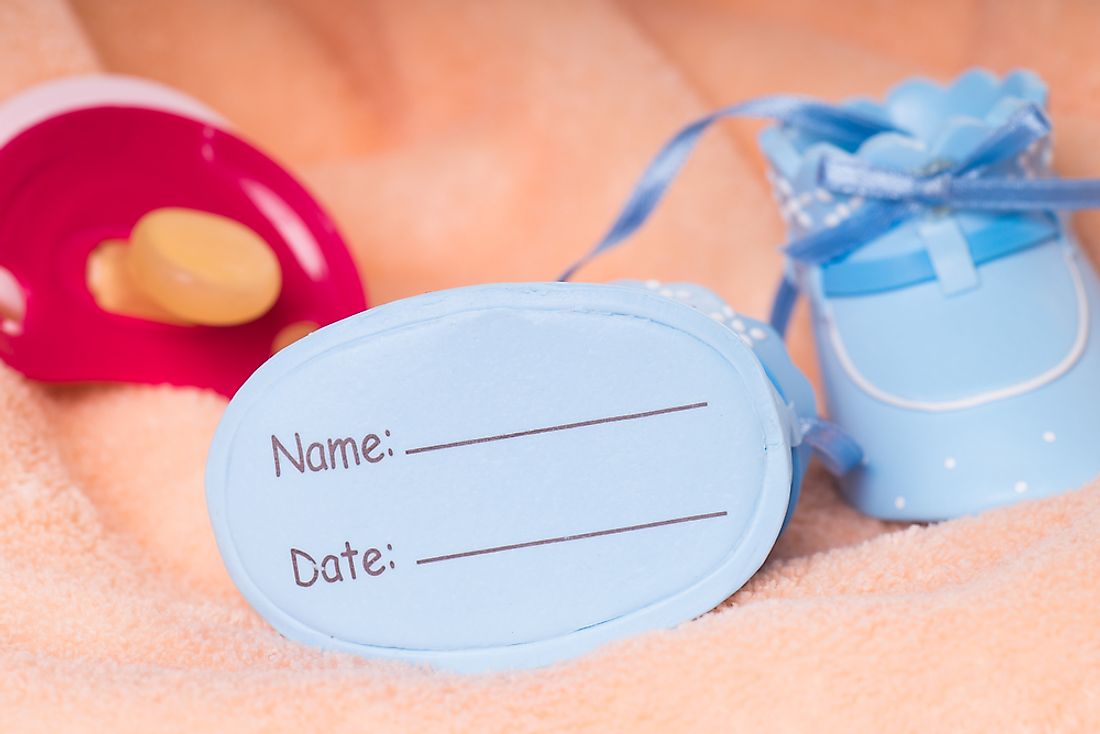The Strict Name Laws of Denmark

As strange or ridiculous as it may sound, some legislators of certain nations around the world have passed laws that govern the naming of children. To the majority of people, this is unheard of since most people would consider this a violation of their rights. However, naming laws are not without purpose. A naming law controls the names that parents can give their children at birth. The rationale of these laws is to protect the child from being given certain names that may be considered offensive or even embarrassing. Plenty of nations around the globe have such laws. Some of the laws restrict the name that one can give a child while others restrict the script that the name can be written.
The Naming Laws of Denmark
Denmark is one such nation that has unusual naming laws. Parents can only choose a name from a list of 7,000 names. The laws also require that the name must show the gender of the child and not be unusual. Furthermore, surnames cannot be the first ones. Imaginative spelling of the usual names is also not permissible under these laws. The names must be in line with Danish orthography. For instance, the name Camilla is allowed under the regulations, but spelling it as Cammmilla is not allowed. Furthermore, some ancient Danish names are protected by the law. Some of the prohibited names include Pluto, Monkey, and Anus. Approved names may also include Fee, Molli, Jiminico, and Benji.
The authorities have several reasons for putting in place these naming laws. They seek to protect the children from being given odd names that suit their parent’s desires. Many children face abuse when they are younger due to having a different name. The names are also regulated in order to identify the gender of a child without confusion. The laws are also used to protect some Danish last names that are rare or of noble history.
Background
In the past, Danes had only single names like Jens. However, as the population grew, the need for another name arose and so a second name was added. Family names or surnames were acquired from four main sources, namely patronymic (based on the name of the parents), nicknames (based on the characteristics of a person), geographical (person’s residence), and occupational names (from the work done). Women had to change their names after marriage in the past according to common rules. With the turn of the 20th century, this trend has been changing gradually with more women keeping their maiden names. Laws from 1981 and 2005 spell that children can have either parents’ surname as per traditions before 1928.
Alternate Naming
All hope is not lost for those parents who do not wish to be restrained these stringent laws. Parents have the freedom to choose a name outside the pool. The parents can do this by applying to the Ankestyrelsen for approval of their desired names. The Ankestyrelsen is a state independent body that is within the purview of Denmark’s Ministry of Social Affairs and Integration. The parents must first take the name they wish to give their child for approval by the church. The church then forwards these names to the government body for official approval. The body receives around 1,100 names for review annually.







